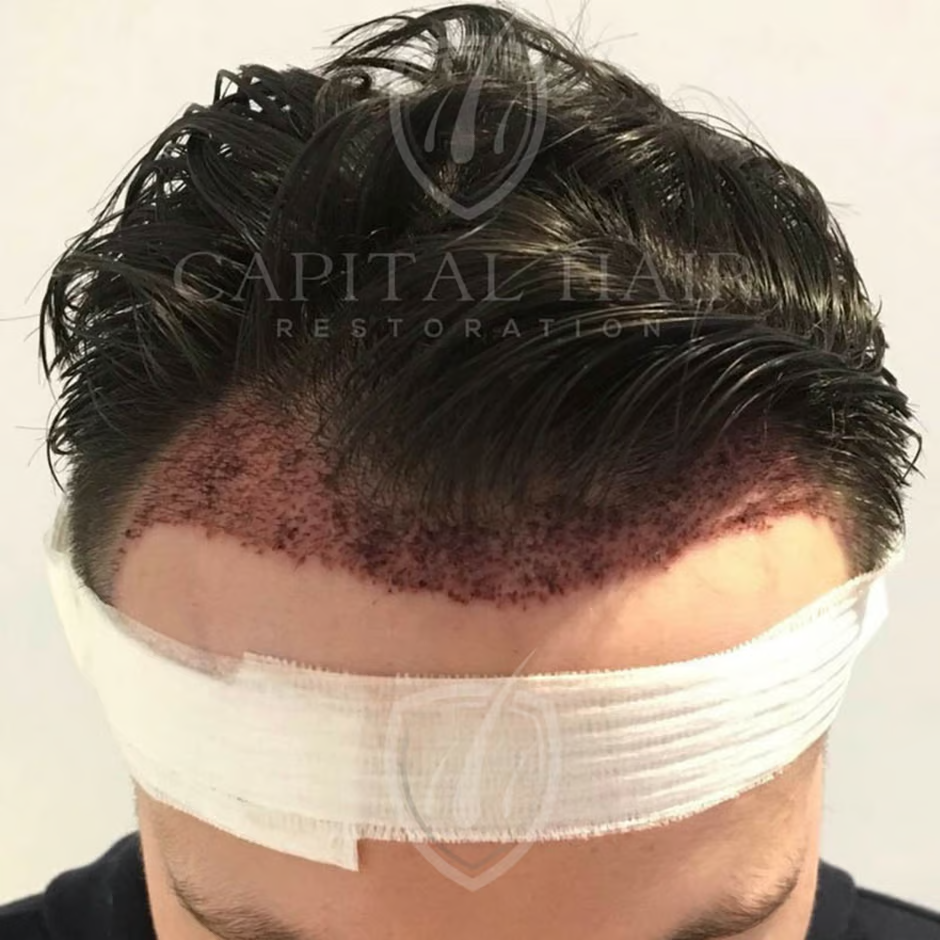Embarking on the journey of FUE (Follicular Unit Extraction) hair transplant surgery marks a significant step towards regaining confidence and reclaiming a full head of hair. However, understanding the recovery process is crucial for patients to navigate their post-surgery experience effectively. In this article, we'll delve into the timeline of recovery after FUE hair transplant surgery, shedding light on what patients can anticipate during each phase of the healing journey.

Immediate Post-Surgery Care:
Following FUE hair transplant surgery, patients enter the initial phase of recovery, characterized by some discomfort, swelling, and minor bleeding at the donor and recipient sites. This phase typically lasts for the first few days and requires patients to adhere to prescribed pain management techniques and scalp care instructions provided by their surgeon.
First Week After Surgery:
During the first week post-surgery, patients are encouraged to take ample rest and avoid strenuous activities that may strain the scalp. While some swelling and redness may persist during this time, it gradually subsides as the body begins the healing process. Patients may also need to follow a medication regimen to support the healing process and reduce the risk of infection.
Two Weeks After Surgery:
By the end of the second week, patients often notice a significant reduction in swelling and redness at the donor and recipient sites. While the scalp may still feel tender, patients can usually resume light activities, although they should continue to avoid vigorous exercise or anything that could disturb the newly transplanted follicles. Patients may also start to see the initial signs of hair shedding, which is a natural part of the healing process.
One Month Post-Surgery:
Around one month after FUE hair transplant surgery, patients may experience a phase known as the "shedding phase," where the transplanted hair follicles enter a dormant state and shed. This can be disconcerting for patients, but it is a normal part of the process as the follicles prepare to regrow new hair. Patients should remain patient and trust in the gradual progress of their hair restoration journey.
Two to Three Months After Surgery:
Between two to three months post-surgery, patients begin to witness signs of new hair growth in the transplanted areas. While the new hair may initially appear thin and sparse, it gradually thickens and becomes more visible over time. This phase marks a significant milestone in the recovery process, as patients start to see tangible evidence of the procedure's success.
Six Months After Surgery:
By six months post-surgery, patients typically experience substantial improvement in hair density and coverage in the transplanted areas. The new hair continues to grow and mature, becoming thicker and more natural-looking with each passing month. Patients may start to enjoy the aesthetic benefits of their FUE hair transplant as the results become increasingly apparent.
One Year and Beyond:
Around one year after FUE hair transplant surgery, patients can expect to see the full results of the procedure. The transplanted hair reaches its maximum growth potential, blending seamlessly with the existing hair and providing a natural-looking outcome. Patients can enjoy the long-term benefits of their hair transplant, with results that can last for years to come with proper care and maintenance.
Conclusion:
Navigating the recovery period after FUE hair transplant surgery is a transformative journey that requires patience, dedication, and trust in the process. By understanding the timeline of recovery and being proactive in following post-operative care instructions provided by their surgeon, patients can optimize their results and achieve the full potential of their hair restoration journey. With time and proper care, FUE hair transplant surgery can offer life-changing benefits, restoring confidence and self-esteem for individuals experiencing hair loss.
